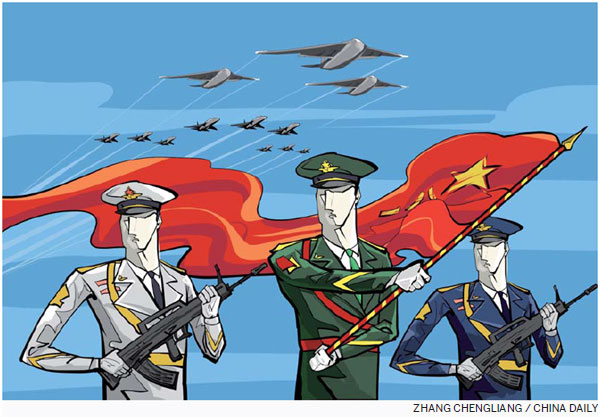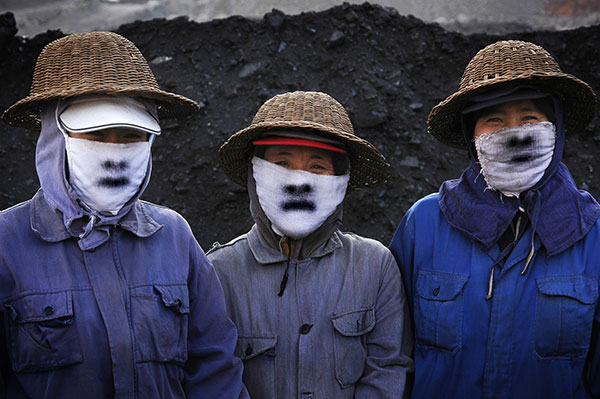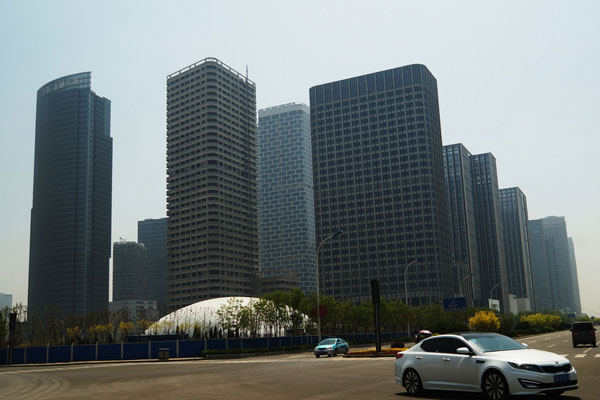All eyes on China's military power
Updated: 2015-09-05 07:43
By Chris Peterson(China Daily Europe)
|
|||||||||||
Parade shows growth that has turned country into force to be reckoned with
China's military parade on Sept 3 in Beijing gave military analysts and observers worldwide the chance to see the growth that has turned it into a strong country and an economic powerhouse. But China as a country has a long memory, with many still looking back to the 1930s when a politically fragmented country faced aggression and invasion from its powerful and militaristic neighbour, Japan.
As China's economic might has grown, so has its military capability expanded, in line with President Xi Jinping's aim of national rejuvenation, and a message that China is prepared to defend its core interests.

This week sees celebrations marking the end of the war against fascism. The wounds are still there - China says the Japanese have never apologized properly for the occupation of the country and misery they inflicted on the Chinese people from 1937 to 1945.
Following the conflict with Japan, and for most of the post-World War II period, China's army was perceived as heavy on manpower but light on arms. But that has changed.
China is focusing on building up its navy, with the aircraft carrier Liaoning, which is seen by many Western observers as the centerpiece even though it is still listed as a training and research vessel.

The Liaoning was acquired in a roundabout way from Russia via Ukraine with a hull and superstructure, but without any electronics and weapons systems in place. All those were incorporated in the ship through Chinese technological know-how, and US Defense Secretary Chuck Nagel toured the vessel in 2014, something that was impossible during the Cold War.
China's progress, to many outside observers and analysts, has been extraordinary. It has now jumped to third position in terms of military might - behind the United States and Russia and ahead of France and the United Kingdom. And that's a sign of the peaceful but confident military presence that China wants to portray.
The US is still the power to beat in the rankings - the Americans have 1.4 million active military personnel, with another 1.1 million in reserve. Aircraft and naval assets is where the US leads, with 13,892 aircraft of all types in service, and a naval fleet that includes 10 active aircraft carriers and 75 submarines, many of them nuclear capable.
China, according to most online reports, boasts 2.33 million military personnel, with another 2.3 million in reserve. From the hardware point of view, it lags behind the US with 2,860 aircraft and a largely surface navy with one aircraft carrier and 67 submarines. Russia, which recently said it was modernizing and building up its armed forces, has 766,055 military personnel, with another 2.48 million in reserve.
But it's in defense spending that the US dwarfs its rivals - current figures show the US military budget is $610 billion - $9 billion more than that of China, Russia, Saudi Arabia, France, the UK, India and Germany combined. Given this fact, in March China decided to increase its defense spending for 2015 by 10 percent to $145 billion.
No one is predicting a war, but the old adage of walk softly and carry a big stick still rings true.
The author is managing editor of China Daily Europe, based in London. Contact the writer at chris@mail.chinadailyuk.com
(China Daily European Weekly 09/05/2015 page10)
Today's Top News
Drowned Syrian boys buried in home town
Britain to accept more Syrian refugees
US blogger: The parade shows President Xi is a true world class leader
China deserves more recognition for its contributions in WWII: scholar
Intl community echoes Xi's speech at V-Day commemoration
Sino-Russian investment fund eyes more deals
His name was Aylan, or humanity washed ashore: Opinion
Predicting Internet's future without a crystal ball
Hot Topics
Lunar probe , China growth forecasts, Emission rules get tougher, China seen through 'colored lens', International board,
Editor's Picks

|

|

|

|

|

|






